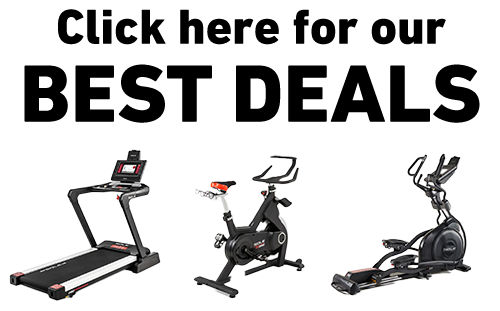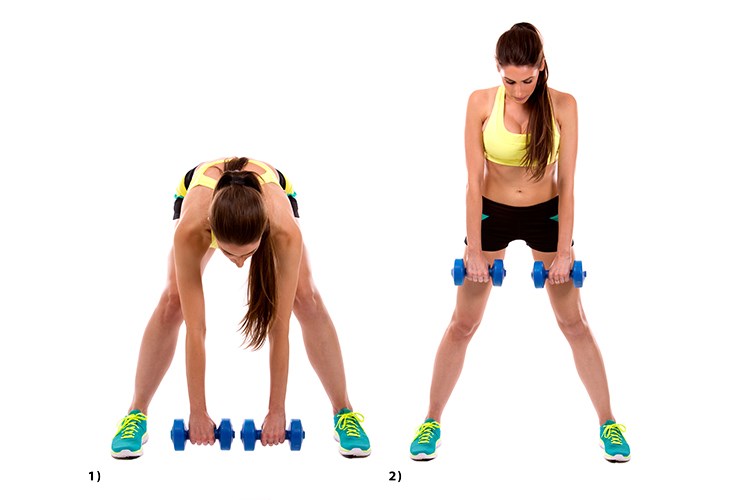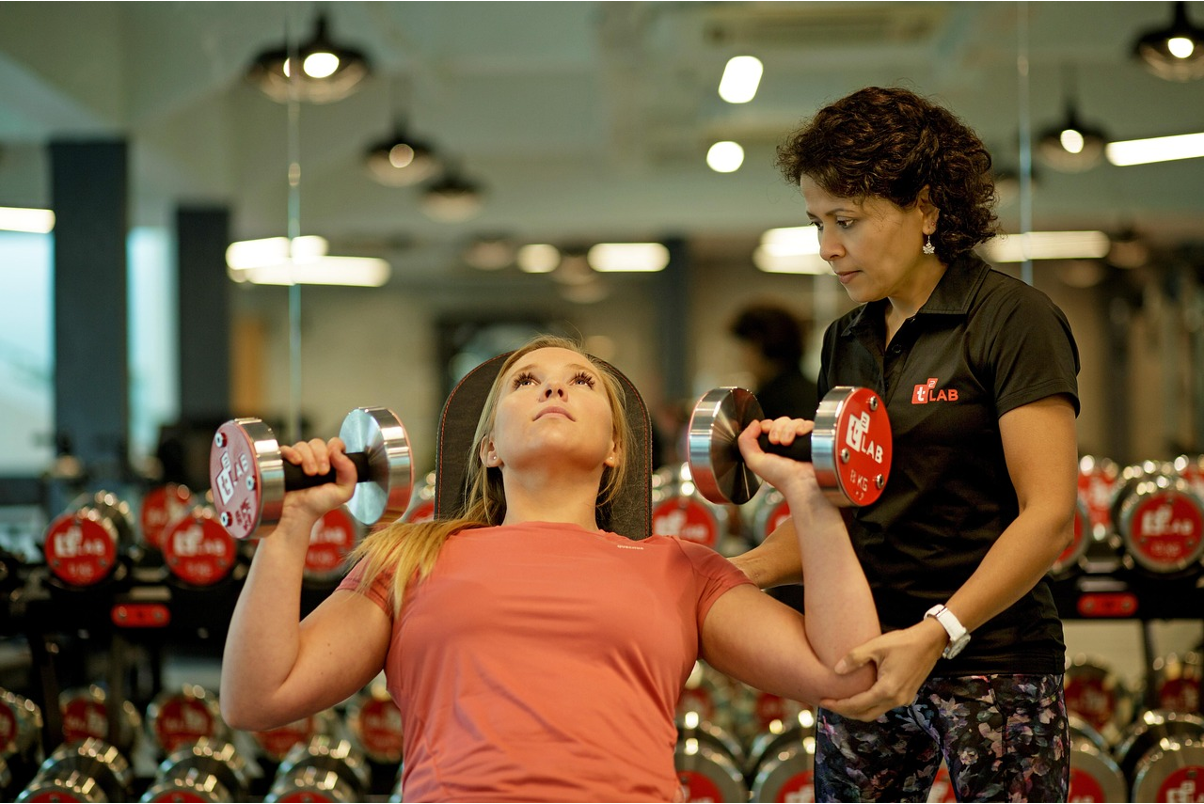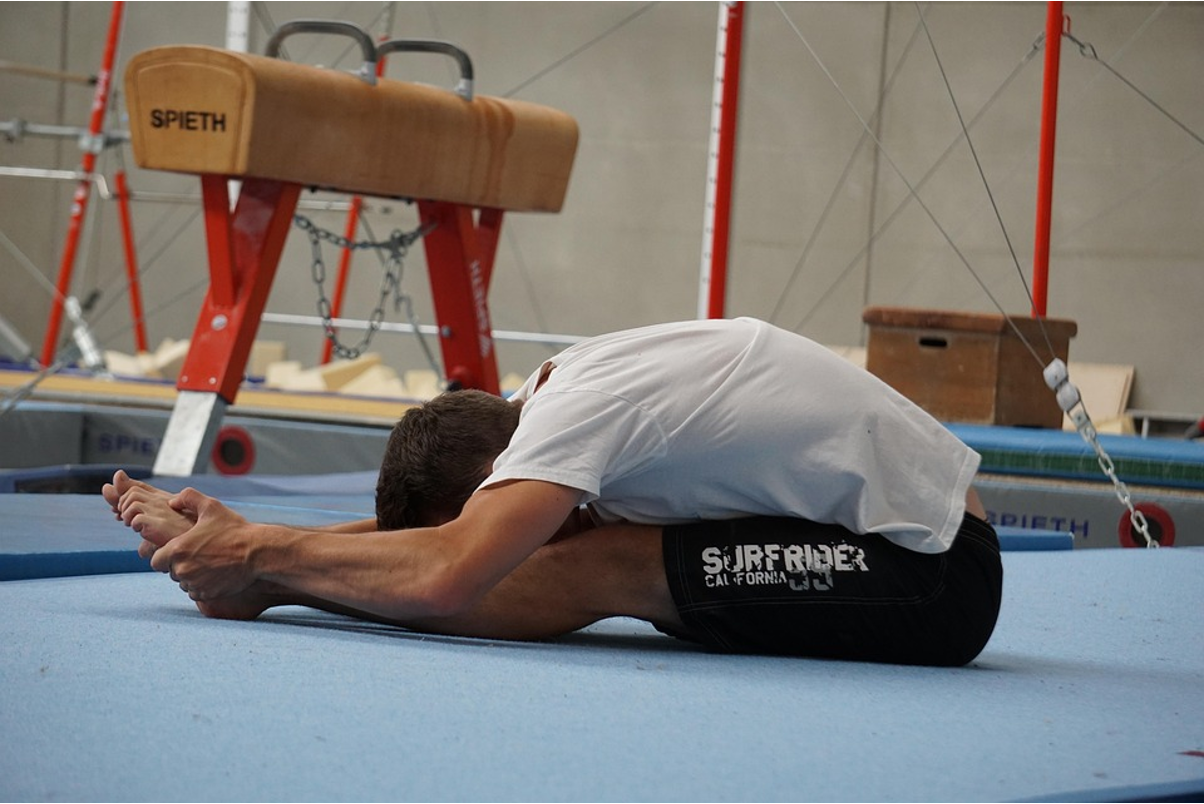Key Takeaways
- The dumbbell sumo deadlift offers a beginner-friendly alternative to barbell deadlifts while still effectively targeting glutes, hamstrings, and quads.
- Proper foot positioning with a wide stance and toes pointed outward creates the foundation for an effective sumo deadlift.
- Core bracing and maintaining a neutral spine are crucial for preventing injury during the exercise.
- The dumbbell variation puts less strain on your lower back compared to conventional deadlifts, making it accessible for more fitness levels.
- SOLE's adjustable dumbbells provide the perfect weight progression for mastering this powerful exercise.
Why the Dumbbell Sumo Deadlift Deserves Your Attention
Looking for a powerful lower body exercise that's easier on your back than traditional deadlifts? The dumbbell sumo deadlift might be exactly what you need.
This variation delivers impressive strength and muscle-building benefits while being more accessible for beginners and those with mobility limitations.
The dumbbell sumo deadlift is particularly valuable because it allows you to train the deadlift movement pattern with less technical complexity than a barbell.
You'll develop strength in your posterior chain while simultaneously improving your hip mobility and core stability, all with equipment that's widely available in any gym setting.
|
Build Your Foundation with Premium-Grade Strength Equipment!
 Complete Your Home Gym:
Why Choose SOLE Strength: ✓ Heavy-duty steel construction with rust protection 30-Day Money-Back Guarantee: Love it or return it, no questions asked. |
Step-by-Step Sumo Deadlift Technique

Mastering the dumbbell sumo deadlift requires attention to detail at every phase, with each repetition following the same precise sequence for safety and effectiveness.
Mastering the dumbbell sumo deadlift requires attention to detail at every phase of the movement. Each repetition should follow the same precise sequence to build proper motor patterns and ensure safety.
1. Setting Up Your Starting Position
Begin by standing with your feet approximately twice shoulder-width apart, toes pointed outward at roughly 45 degrees.
Position your dumbbell(s) on the floor directly beneath you. Hinge at your hips and bend your knees to lower yourself down, maintaining a neutral spine with chest up and shoulders back.
Grasp the dumbbell(s) firmly with your arms fully extended; ensure your shoulders are positioned directly over or slightly ahead of the weight before initiating the lift.
2. Bracing Your Core Properly
Before beginning the pull, establish proper core bracing by taking a deep breath into your diaphragm (belly breathing).
Imagine creating 360-degree pressure around your midsection, as if preparing to take a punch to the stomach. This internal pressure stabilizes your spine and creates a rigid torso that can safely transfer force.
Maintain this brace throughout the entire repetition, only releasing and resetting your breath at the top position or after completing the repetition.
Never sacrifice this core tension for the sake of lifting heavier weights; proper bracing is your primary defense against lower back injuries.
3. The Pull: Driving Through Your Heels
Initiate the lift by pushing the floor away from you, driving primarily through your heels while keeping the entire foot in contact with the ground. Your hips and shoulders should rise simultaneously while maintaining the same back angle initially.
As the dumbbell(s) pass your knees, focus on driving your hips forward by squeezing your glutes powerfully, effectively "locking out" at the top position while maintaining a tall, proud chest position throughout the movement.
4. Lockout Position at the Top
At the top of the movement, stand tall with your shoulders pulled back, chest up, and knees fully extended but not hyperextended. Your glutes should be fully contracted, bringing your hips into complete extension.
Avoid leaning backward at the top; this is a common mistake that places unnecessary stress on your lower back.
The lockout position should feel strong and stable, with your core still engaged and your body forming a straight line from head to heel. Take a moment to ensure proper positioning before beginning the descent phase of the exercise.
5. Controlled Descent Back to Start
Begin the descent by initiating a hip hinge, pushing your hips backward first. Maintain your neutral spine position throughout the lowering phase and keep the dumbbell(s) close to your body on the way down.
Allow your knees to bend only after your hips have begun moving backward, and control the weight all the way to the floor.
The descent is not merely a reversal of the lifting phase but an equally important part of the exercise. Controlling the eccentric (lowering) portion of the movement creates additional muscle tension and stability challenges that contribute significantly to strength development.
Perfect Your Sumo Deadlift Technique with SOLE's Premium Equipment

SW180 Adjustable Dumbbells provide the precise weight progression needed to master the dumbbell sumo deadlift exercise safely.
SOLE's SW180 and SW155 Adjustable Dumbbells provide the perfect progression tool for this powerful exercise. With 16 weight options from 5–80 pounds, you can start with lighter weights to perfect your technique, then systematically increase load as your posterior chain strength develops.
The balanced weight distribution of SOLE's dumbbells is crucial for sumo deadlifts, hence you need stable, reliable weights that won't shift or wobble during the wide stance setup. The quick-adjust dial system lets you make precise weight changes between sets, perfect for implementing progressive overload or performing drop sets to maximize muscle stimulation.
Pair your dumbbells with the SW116 Weight Bench for a complete lower body training setup. Use it for Bulgarian split squats, hip thrusts, and step-ups to complement your sumo deadlift training.
The bench's rock-solid construction ensures stability during dynamic movements, while its 9 adjustable positions offer versatility for targeting muscles from different angles.
The SOLE Equipment Mat provides essential floor protection during deadlifts while offering a defined training space with superior grip. The SOLE+ App includes guided strength training programs that show proper sumo deadlift progression alongside complementary exercises for balanced development.
Frequently Asked Questions (FAQs)
Can beginners safely perform the dumbbell sumo deadlift?
Yes, beginners can safely perform dumbbell sumo deadlifts; it's one of the most beginner-friendly deadlift variations available. The wider stance creates a more stable base and requires less mobility than conventional deadlifts. Start with a lightweight dumbbell that allows for 12–15 perfect repetitions, prioritizing technique over load. Focus on mastering the hip hinge pattern before adding significant weight.
How heavy should the dumbbells be for a beginner?
Beginners should select a weight that allows 10–12 perfect repetitions while maintaining proper form. For most women, this typically means starting with a single 15–25 pound dumbbell or two 10–15 pound dumbbells. Men might begin with a single 25–35 pound dumbbell or two 15–25 pound dumbbells. Mastering technique is far more important than the weight used.
Will dumbbell sumo deadlifts help with back pain?
Dumbbell sumo deadlifts can potentially help with certain types of back pain by strengthening the posterior chain, but this depends on the cause of your pain and proper execution.
The sumo stance places less direct stress on the lower back due to the more upright torso position. However, if you have chronic back pain, consult with a healthcare professional before beginning any new exercise program.
How many times per week should I do sumo deadlifts?
For most recreational lifters, performing dumbbell sumo deadlifts 1–2 times per week provides sufficient stimulus for strength development while allowing adequate recovery.
A common approach is one heavier session focused on strength (lower reps, higher weight) and one lighter session focused on technique and volume (higher reps, moderate weight).
How do SOLE's adjustable dumbbells enhance sumo deadlift training?
SOLE's SW180 and SW155 Adjustable Dumbbells are perfect for sumo deadlift progression, offering 16 weight options from 5–80 pounds in one compact set. This range allows you to start with perfect form using lighter weights and progress systematically as your strength improves. Combined with the SW116 Weight Bench for other complementary exercises, you have everything needed for comprehensive lower body strength development.




Leave a comment
This site is protected by hCaptcha and the hCaptcha Privacy Policy and Terms of Service apply.